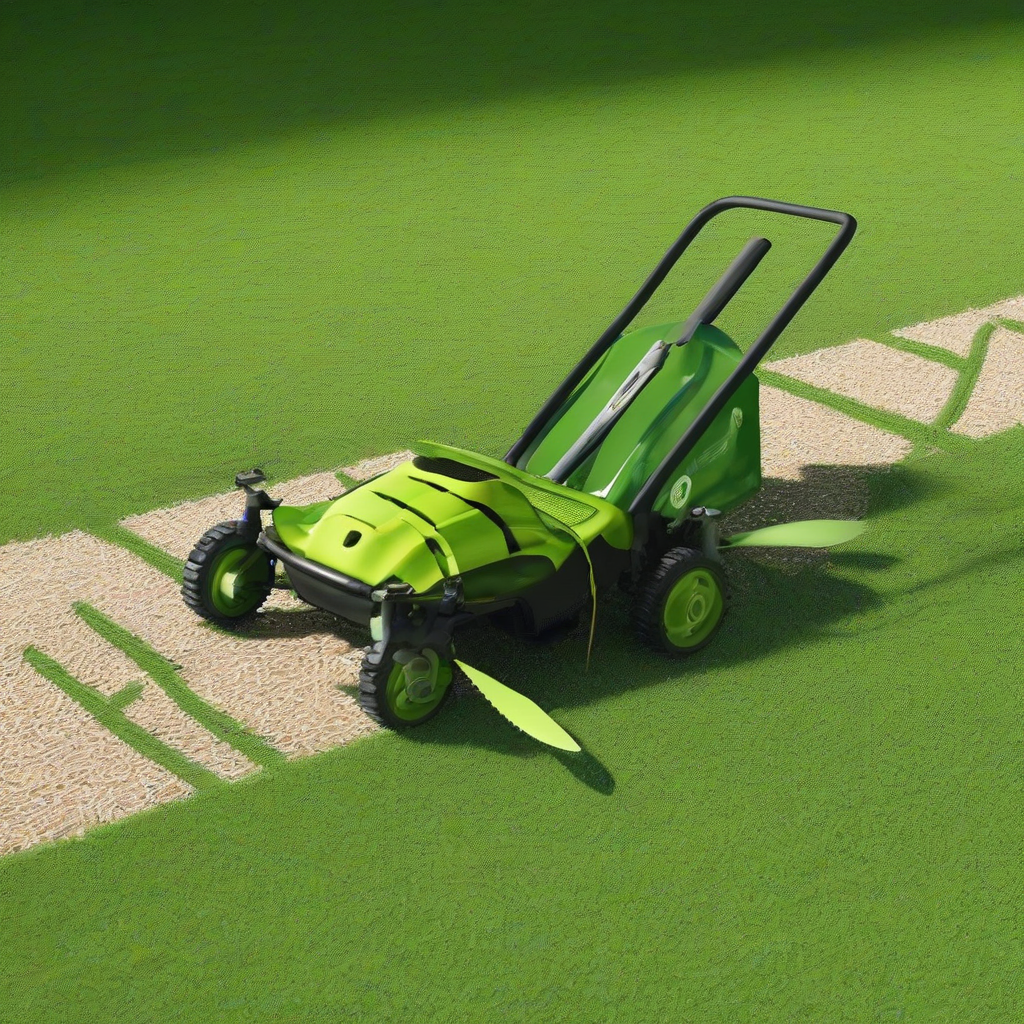Conquering the Grasshopper Invasion: A Comprehensive Guide to Lawn Treatment
Grasshoppers, while seemingly innocuous, can quickly transform a lush green lawn into a barren wasteland. Their voracious appetites can decimate grass blades, leaving behind unsightly brown patches and potentially damaging your lawn’s overall health. This comprehensive guide will equip you with the knowledge and strategies to effectively manage and treat grasshopper infestations in your lawn.
Identifying the Enemy: Types of Grasshoppers and Their Damage
Before tackling a grasshopper problem, understanding the specific species impacting your lawn is crucial. Different species exhibit varying feeding habits and preferences. Some common culprits include:
- Differential Grasshoppers: Known for their distinctive markings and preference for various grasses and forbs.
- Two-striped Grasshoppers: Characterized by two distinct stripes running down their backs, these grasshoppers can cause significant damage to crops and lawns.
- American Grasshoppers: A common species found across North America, notorious for their large size and voracious feeding habits.
- Red-legged Grasshoppers: Easily identified by their reddish legs, they are known for their preference for certain types of grasses and broadleaf plants.
The damage caused by grasshoppers is often evident. Look for:
- Grazing damage: Irregularly shaped holes and patches of missing grass blades.
- Skeletal remains: Only the veins of leaves remain after feeding.
- Large populations: Visible swarms of grasshoppers indicate a severe infestation.
- Fecal droppings: Small, dark pellets scattered on the grass.
Prevention: Proactive Measures to Deter Grasshoppers
Preventing a grasshopper infestation is often more effective and less costly than dealing with a large-scale problem. Several proactive measures can significantly reduce the likelihood of a significant invasion:
- Maintain a healthy lawn: A strong, well-maintained lawn is naturally more resistant to grasshopper damage. Proper fertilization, watering, and mowing contribute to a robust turf.
- Remove debris: Clean up leaves, twigs, and other organic matter that can provide shelter for grasshoppers and their eggs.
- Manage weeds: Weeds often serve as a food source for grasshoppers. Regular weed control reduces their habitat and food supply.
- Natural predators: Encourage beneficial insects and birds that prey on grasshoppers. These natural predators can help keep populations under control.
- Barriers: In severe cases, physical barriers like chicken wire or mesh netting can protect vulnerable areas of your lawn.
Treatment Options: Effective Methods to Control Grasshoppers
If prevention measures prove insufficient, several treatment options are available to control grasshopper populations. The most effective approach often depends on the severity of the infestation and your personal preferences:
1. Biological Control: Nature’s Solution
Biological control methods leverage natural predators and pathogens to manage grasshopper populations. These options are generally safer for the environment and beneficial insects.
- Beneficial nematodes: Microscopic worms that infect and kill grasshoppers. These are applied to the soil and are effective against various stages of grasshopper development.
- Predatory insects: Introducing beneficial insects like praying mantises or ladybugs can help reduce grasshopper numbers.
- Disease-causing fungi: Specific fungi can infect and kill grasshoppers, although their effectiveness may vary depending on environmental conditions.
2. Chemical Control: Targeted Insecticides
Chemical control involves using insecticides specifically designed to target grasshoppers. This method is generally reserved for severe infestations when other options prove ineffective. Always follow label instructions carefully and prioritize safety precautions.
- Contact insecticides: These kill grasshoppers upon direct contact. They are effective but require thorough application to ensure coverage.
- Systemic insecticides: These are absorbed by the grass and kill grasshoppers when they feed on the treated plants. They offer longer-lasting protection.
- Bait insecticides: These attract grasshoppers with food attractants laced with insecticide. This method targets grasshoppers directly and limits environmental impact.
Important Note: When using chemical insecticides, always follow the manufacturer’s instructions carefully. Wear appropriate protective gear, including gloves, eye protection, and a mask. Store insecticides properly and keep them out of reach of children and pets.
3. Cultural Control: Modifying the Environment
Cultural control methods focus on modifying the environment to make it less hospitable to grasshoppers. These are often used in conjunction with other methods.
- Proper mowing: Maintaining a consistent mowing height and removing grass clippings can reduce grasshopper habitat.
- Irrigation management: Adjusting watering schedules can help reduce favorable conditions for grasshopper reproduction.
- Soil cultivation: Tilling the soil can disrupt grasshopper egg laying and reduce the number of nymphs that emerge.
Monitoring and Evaluation: Assessing Treatment Effectiveness
After implementing a grasshopper treatment plan, regular monitoring is crucial to assess its effectiveness. Keep an eye on the following:
- Grasshopper populations: Observe the number of grasshoppers present in your lawn. A significant reduction in numbers indicates successful treatment.
- Lawn condition: Evaluate the overall health of your lawn. Improved appearance and reduced damage demonstrate the treatment’s positive impact.
- Environmental impact: Monitor for any unintended consequences on other insects or wildlife.
Choosing the Right Approach: Tailoring Your Strategy
The optimal approach to grasshopper control depends on several factors, including:
- Severity of infestation: A small infestation might respond well to prevention and cultural control, while a large infestation may require chemical or biological control.
- Lawn size: For smaller lawns, manual removal or targeted spot treatments may suffice. Larger lawns might necessitate broader applications.
- Environmental concerns: Individuals prioritizing environmental sustainability might favor biological control methods over chemical options.
- Personal preferences: Some individuals may be more comfortable with natural methods, while others may prefer the quicker results of chemical treatments.
By carefully considering these factors and implementing a well-planned strategy, you can effectively manage grasshopper infestations and maintain a healthy, vibrant lawn.
